“48.5” Egyptian pounds" was the largest amount this ingenious young man was paid. Heggy graduated from Faculty of Science and later joined the Faculty of Astrological Studies at Cairo University. He sat up many nights yearning for success, until he became the top of his class and was appointed as a Teaching Assistant at the same college and university. After finally achieving his goal, he was ready to start his dream journey to search for life on other planets.
-“Why did you leave Egypt? In summer 2006, I received a personal invitation from the French Cultural Center to attend a scientific and cultural forum on extraterrestrial life. What caught my attention was the presence of an Egyptian researcher, who headed Nasa’s Exoplanet Exploration Program, in conjunction with a French man named “Philppe Bayo”, the head of Satellites and Planets Center at the French Space Agency, based in Bordeaux, France. And so, to have the chance to interact with the Egyptian researcher and learn about life beyond earth was a priceless opportunity.
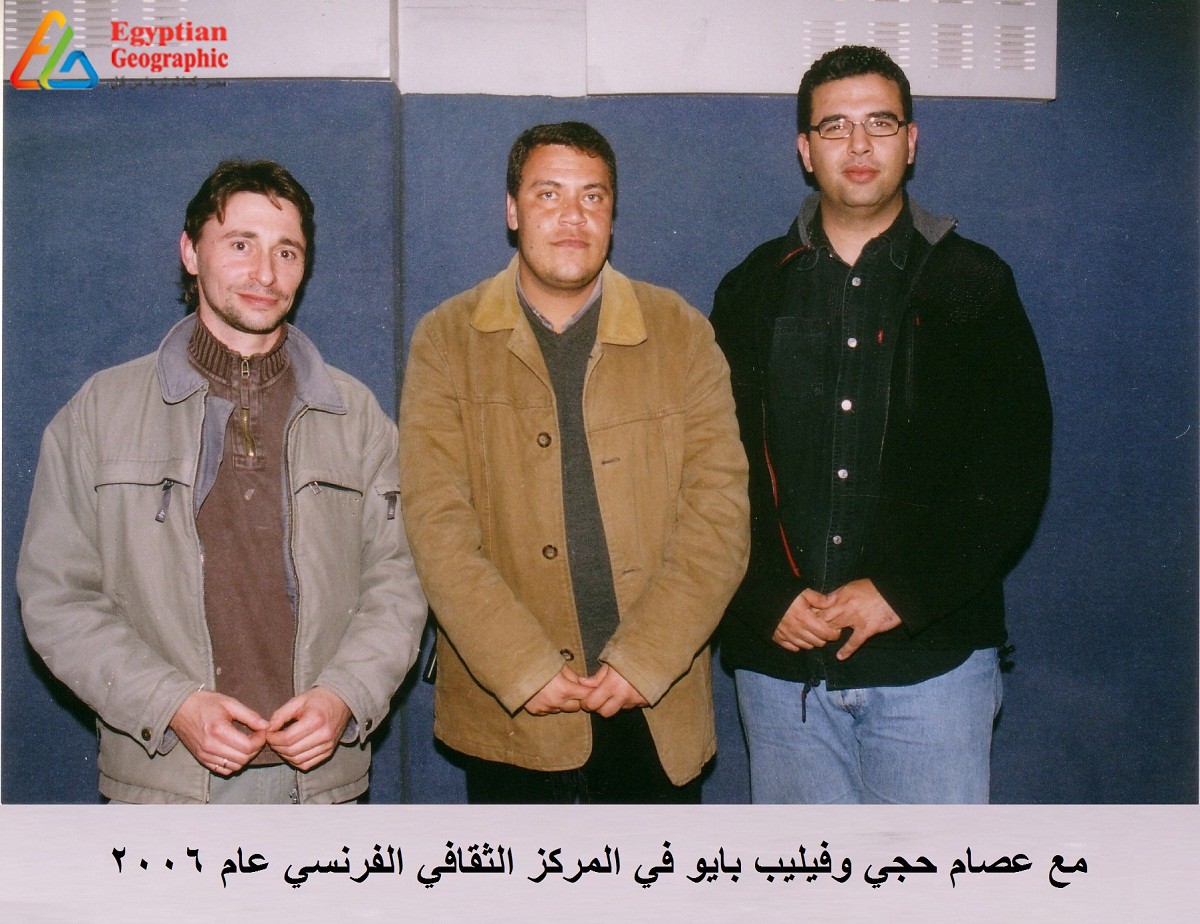
Inside the French Cultural Center in Mounira, I was surprised, at first, to see a young man under the age of 30 standing and talking with confidence about Mars and extraterrestrial life, his studies and work inside the “Spirit” spacecraft, was designed to look for signs of life on Mars and to study its stones and soil. He explained how he tried so hard to conduct those experiments in Egypt’s Western Desert, and to engage researchers and geologists and the Egyptian space program, but all were in vain.
Both researchers exchanged their ideas and offered the audience a rich scientific experiment. Once they finished, I rushed to them and found that I was the only journalist who did so. My first question was why did you leave Egypt? You are a great scientist and such an intellectual, why didn’t you apply your ideas here in your country? Actually, I didn’t realize how naïve my questions were, as at that time everything with respect to the science world was new to me.
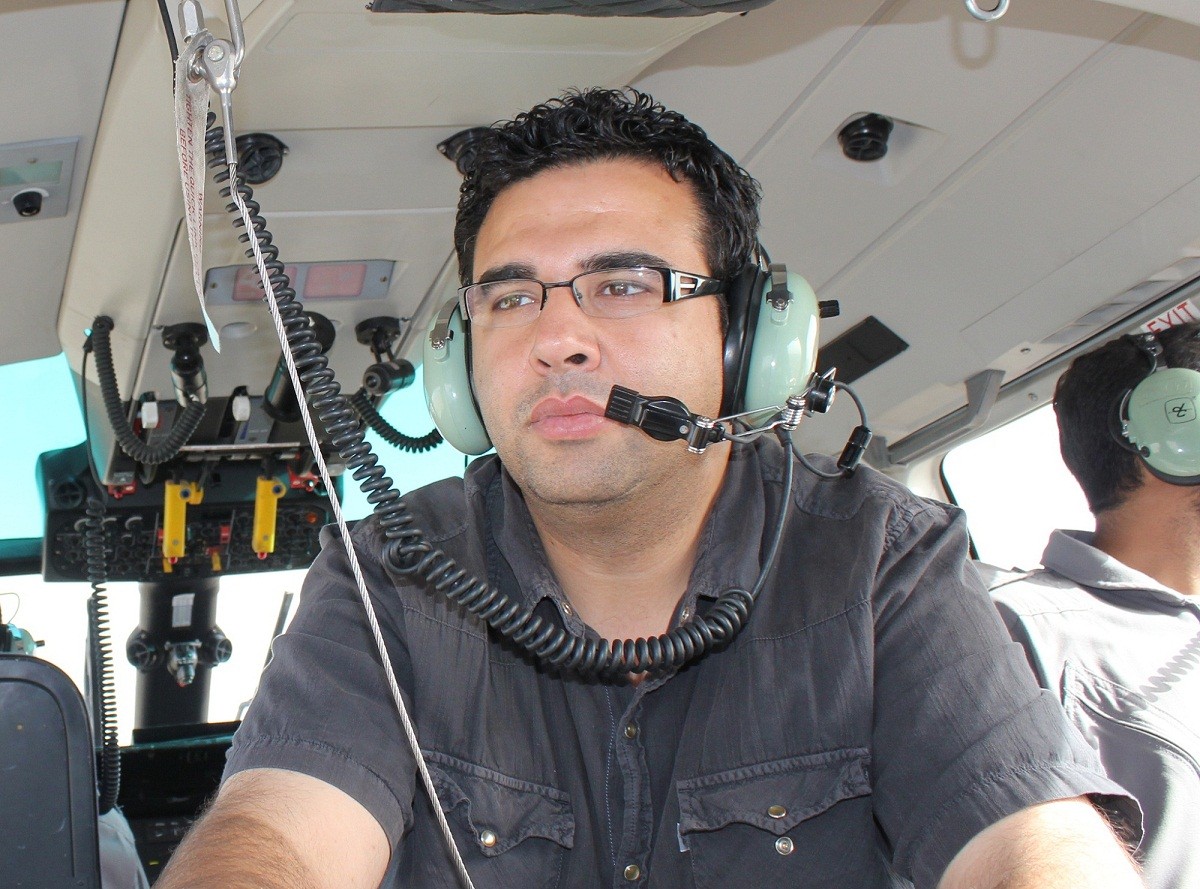
Can you imagine that no one paid any attention to a brilliant young man, who studied science in one of Egypt’s top universities and who had become a teaching assistant with a salary of not more than 50 EGP at the beginning of the new millennium. He was even one who kept the bank transfers he received, when he was a researcher in France, to show his fellow citizens that he was not simply doing nothing for Egypt, yet nothing more was offered to support him, unlike what was offered to all the hypocrites. Moreover, he was perceived as going out of his mind when he once presented his scientific project to one of the most important Egyptian sovereign institutions.
The story began in Tripoli city, when a young Essam Mohammed Heggy, whose father is the Visual Artist, Mohamed Heggy, was born in 1975. Years later after he had received his primary certificate, he joined his father to work on a huge project to restore some of the Islamic monuments in Tunisia, where he obtained a high school diploma, in the 1980s. He then joined Cairo University and earned a bachelor's egree in Astronomy and Astrophysics, and after that he was appointed as a teaching assistant in 1997.

Later, Essam Heggy went to Paris where he obtained his master's degree in Astronomy in 1999, followed by a Ph.D. from the same university in 2002, thus becoming the first Egyptian Ph.D. in Exoplanet Exploration Science. Since his Ph.D. thesis was on water discovery on Mars and arid areas on Earth, NASA took notice of Heggy and invited him to join their team. With this offer, he received the chance to see the world’s brighter side. Heggy joined “The Johnson Space Center" and was able to be part of the shuttle team of “Spirit” on its water discovery trip on Mars.
"Return to Egypt ... You are wanted for questioning ... You have committed a terrible crime”. This was the response of the Egyptian education system, as it was dying to question this young man who was seeking to achieve his dream, and in their eyes was out of control! It was a grave crime to miss his examination monitoring assignments! It did not matter that he had gained the opportunity to join a serious official confidential mission with a huge budget.
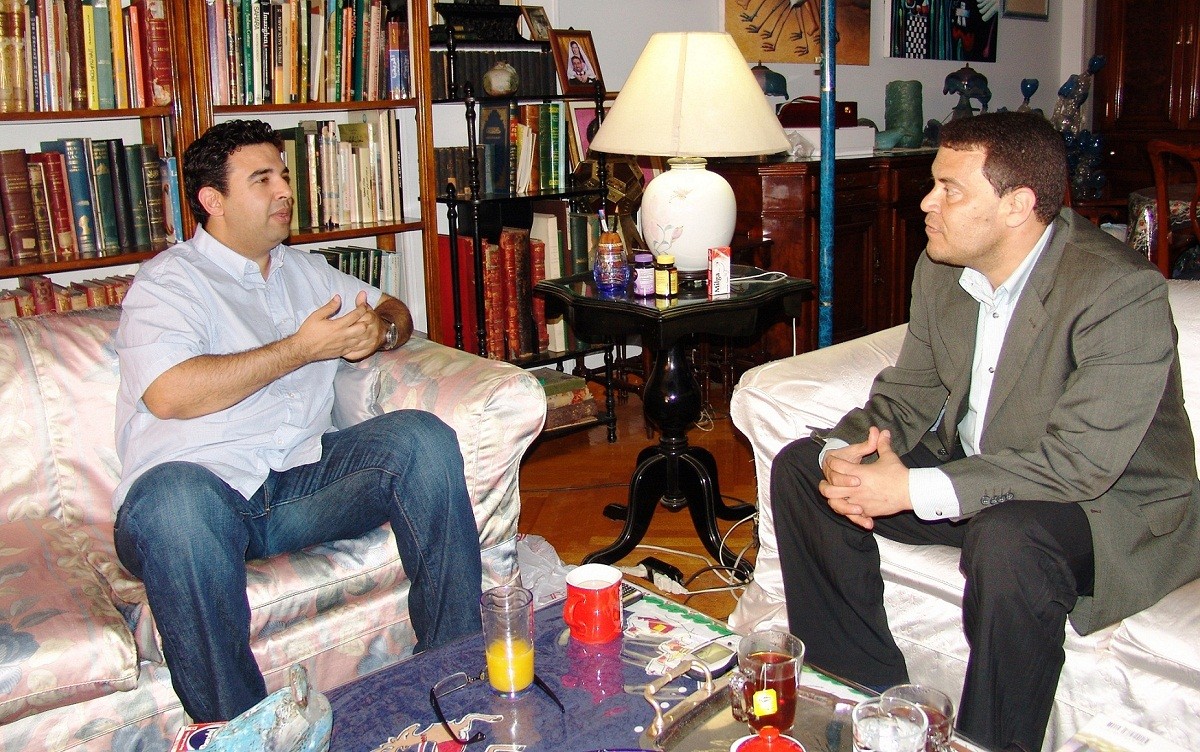
It is such a frightening paradox that the same man who works for NASA, the world's largest space research center, and is revered as a precious scientific value is perceived by Cairo University Administration as merely an ordinary teaching assistant; one who must fulfil, under any circumstances, his midyear examination monitoring assignments to inspect and observe the students during the exam so that no one gets out an answer sheet, or sees the answers written by other colleagues!
What happened afterwards was even more disastrous, as some professors advised Heggy inside the interrogation room to lie and present a medical certificate stating that he was sick during his absence. Unfortunately, the university would have been more satisfied with a false medical certificate, than with his participation in a scientific journey that the world has continued to talk about. Eventually, Heggy got what he deserved! The university suspended him in 2004 for criticizing the corruption of its administration and its insistence that he complete its administrative procedures.
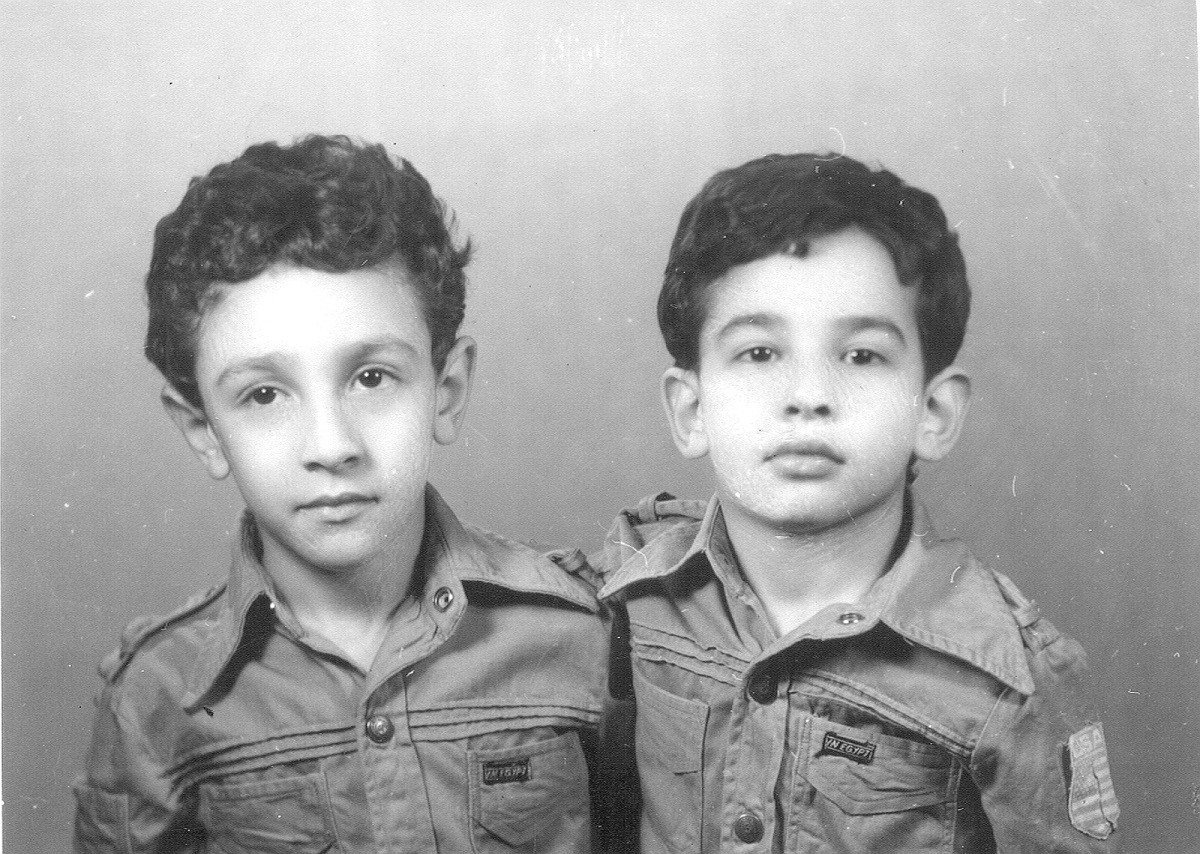
Essam Heggy who currently works at the NASA Jet Propulsion Laboratory is a contributing scientist to several proposed planetary and terrestrial radar imaging projects and has participated in several NASA missions throughout his years there. He has received a number of scientific awards for his distinguished contributions. Egypt has sadly lost such an intellectual mind, while the Americans knew how to get the best out of him, and help him to the forefront of building the American dream on Mars. "He is loved by those who work in the agency, but they have wished that the holder of this post was an American.” President Bush's adviser for space affairs, said.
Essam Heggy currently oversees a satellite project that studies groundwater and the effects of climate change on desert areas. He is also among the comet research group that is a part of the US—European collaboration in space science. He is also a contributing scientist in discovery of water research on Mars, and training astronauts. In addition, Essam is a staff scientist at the Space and Planetary Science Division of the Institute of Earth Physics in Paris (IPGP-CNRS), France and a visiting professor at Caltech University in California, which is the same university the late Dr. Ahmed Zewail used to teach in.
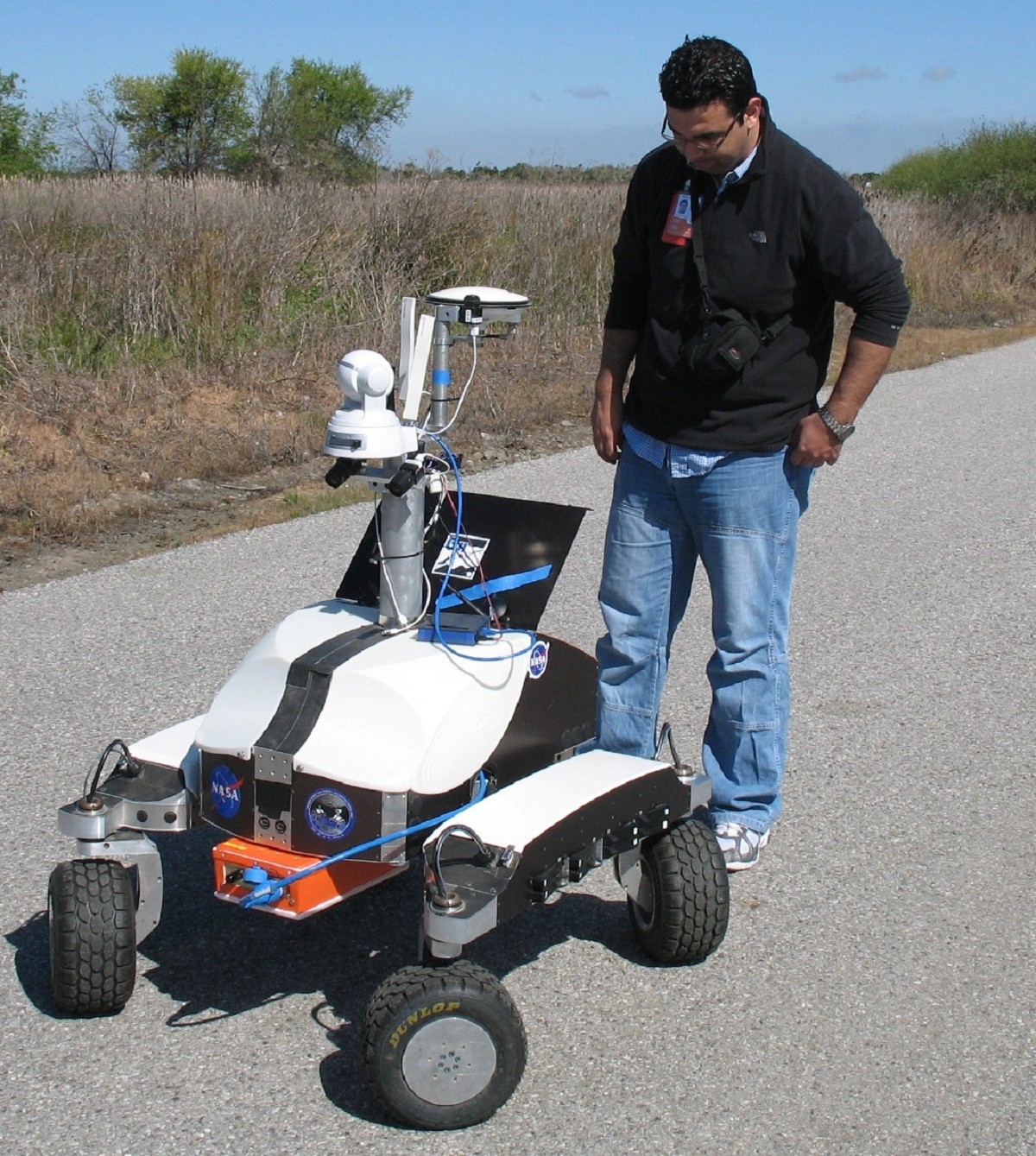
In the heart of the desert
In mid-2008, a team from NASA arrived in Cairo, including 12 scientists from different space disciplines, headed by “Stephen McCoyle”, the US Presidential Advisor for Space Affairs and Professor of Water Behavior on Mars, “Alan Treeman”, Professor of Geophysics and Spectroscopic Analysis of Martian Meteorites, “Justin Filberto”, Professor of Martian Rock Photography; in addition to “Johan Lindsay”, Atmospheric Expert, “David Craning” and “Susanna Skwins”, laser and Robotics Experts, “Valerie Malar Vergen”, “Walter Kiefer”, “Kingston Lee”, Mars Atmospheric layers Experts, and “Nancy Ann Boden” and “Barry Heard”, Rock Desert Experts.
Like any scientific opportunity that can benefit our researchers, the scientific research team working in the Egyptian Desert went through a lot of trouble. The team faced many routine demands that made them wait for months to get permissions, in addition to the prevention of some scientific bodies under groundless allegations, in spite of obtaining security licenses, and even the approval of the Egyptian scientific entities. It was well known that the work of the team within the Egyptian desert was to achieve many scientific and economic gains, given that the budget allocated to the project exceeded $ 1.7 billion.
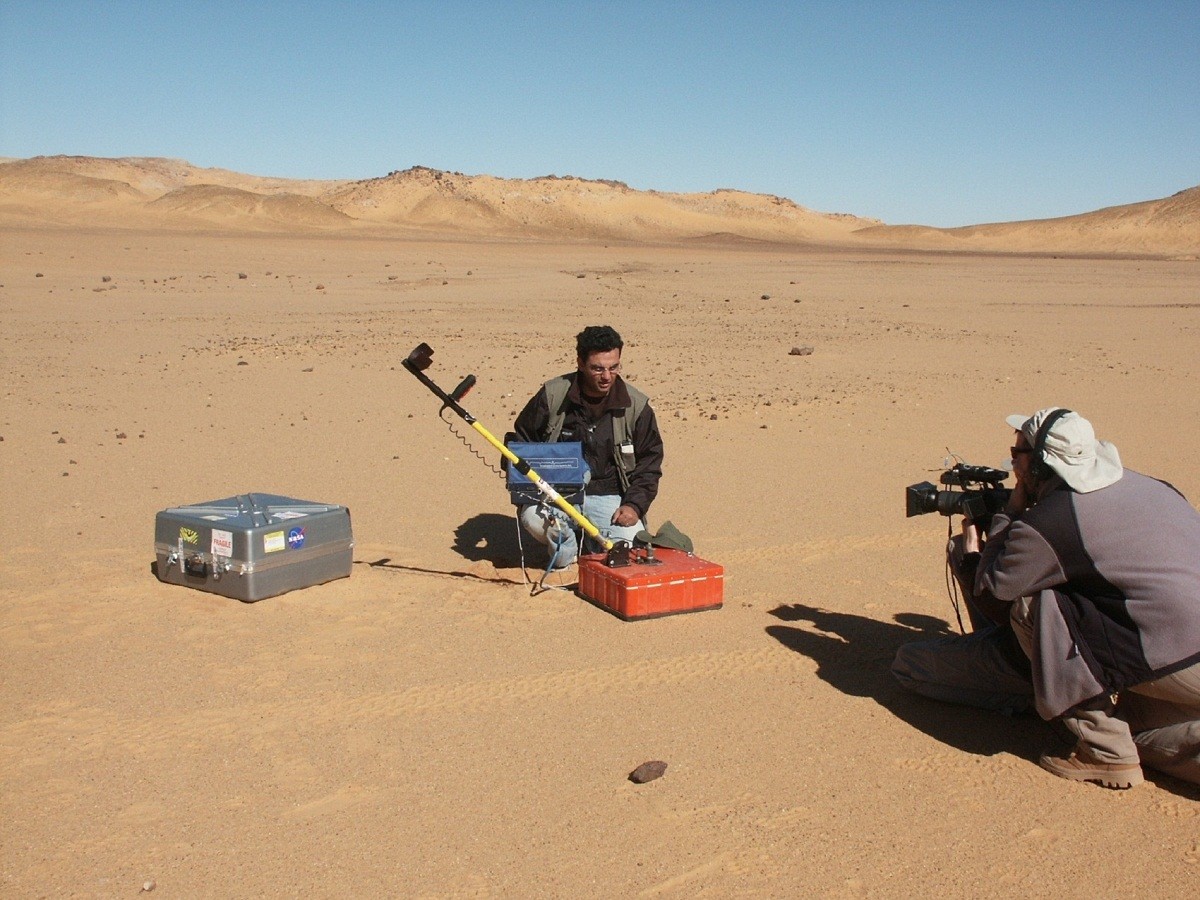
The project was in the largest meteorological field in the "the Great Barrier", 300 kilometers south of the Dakhla Oasis, and was supported by the “Lunar and Planetary Institute”. It was meant to be a real start to the invasion of Mars and a new chapter of human life, in case the earth encountered any potential disaster.
The story goes back to when the great Egyptian scientist, Dr. Farouk El-Baz drew maps of this field, that included 1300 sand pods ranging in size from 85 to 950 square meters and discovered its similarity with the surface of Mars. As a result, the team, that is under seven international agencies, collaborated with a number of Egyptian scientists, discovered many scientific facts during this scientific trip to conduct research in an area of 40 thousand square kilometers in the Western Desert.
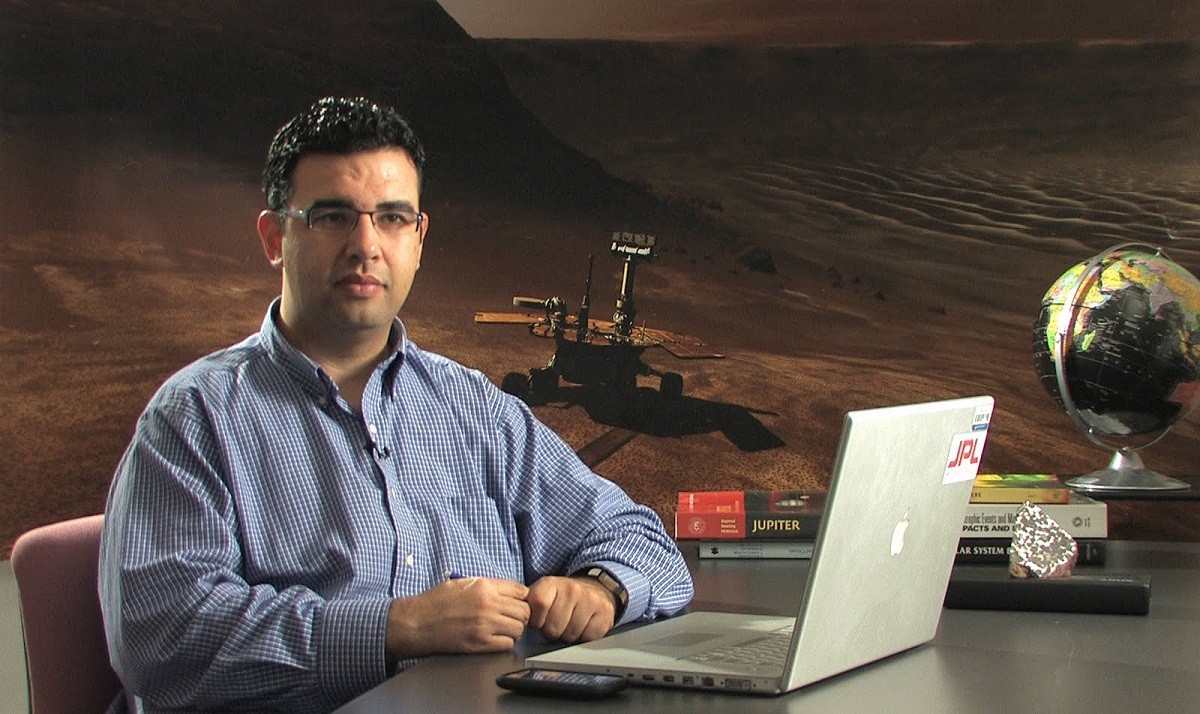
NASA scientists have concluded that the fall of these meteorites in the Western Desert was a major reason behind the extinction of an ancient civilization. For that reason, space scientists consider it the most significant area on Earth, and they were surprised, at the same time, that Egypt didn’t declare it as a national monument for its scientific and geological value. The announcement would have placed Egypt on the map for future scientific research.




























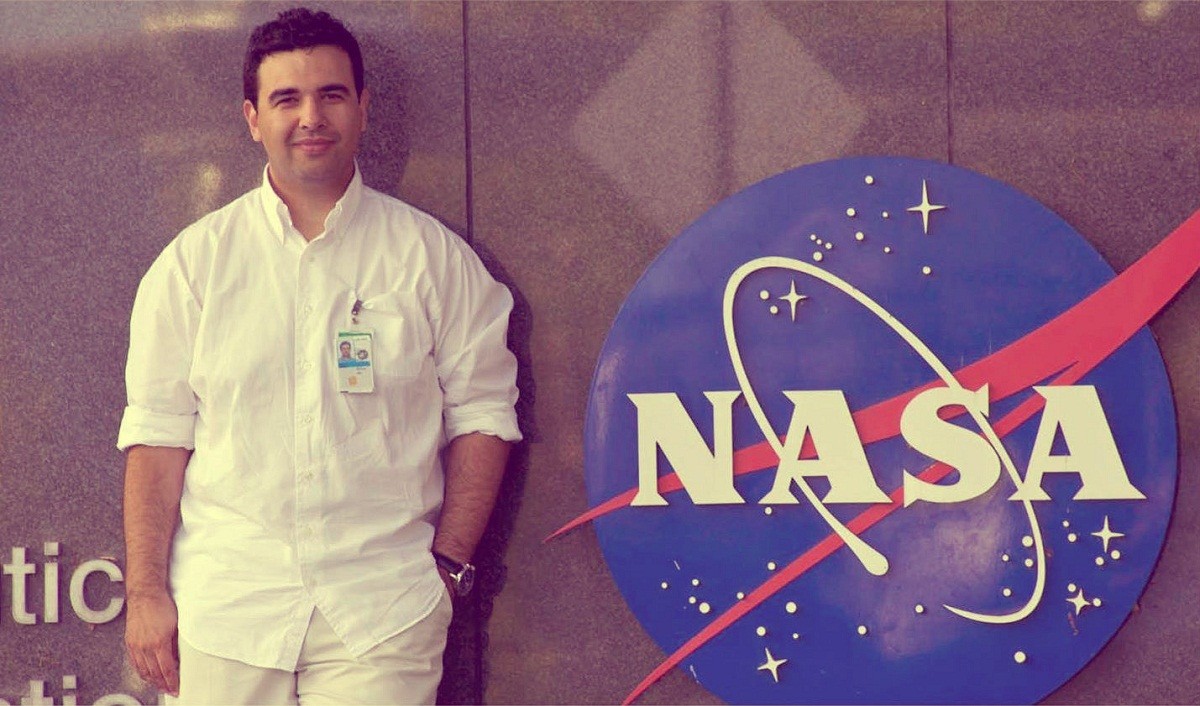








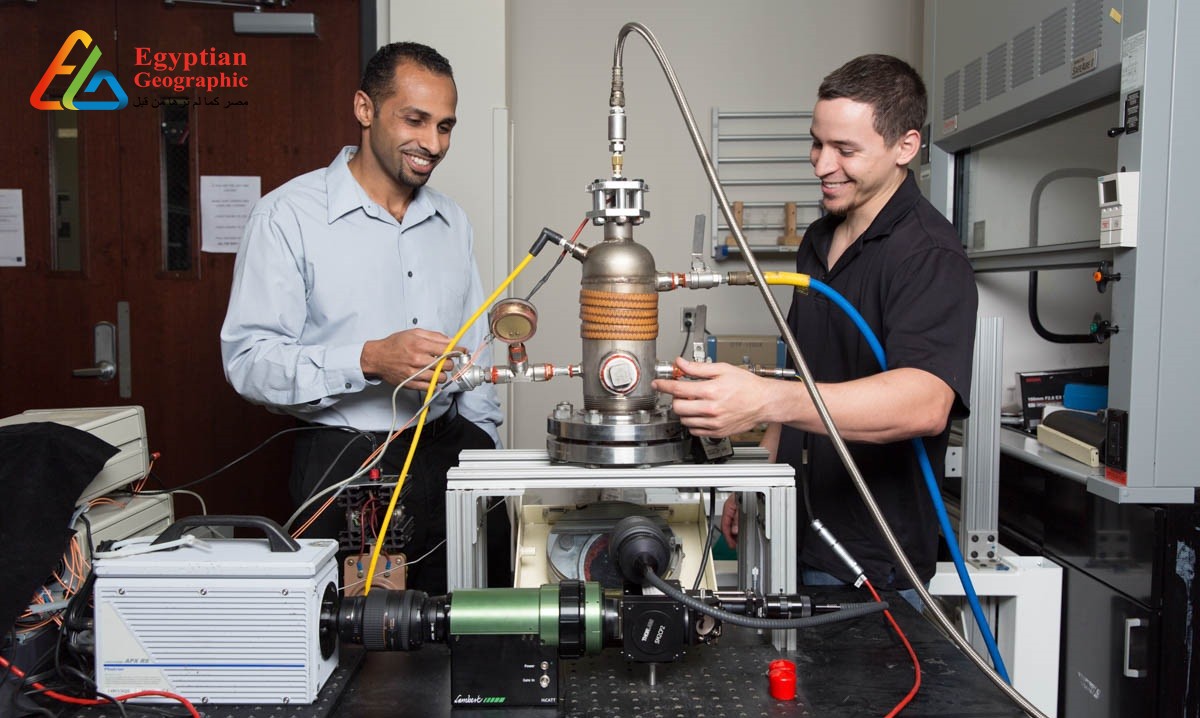
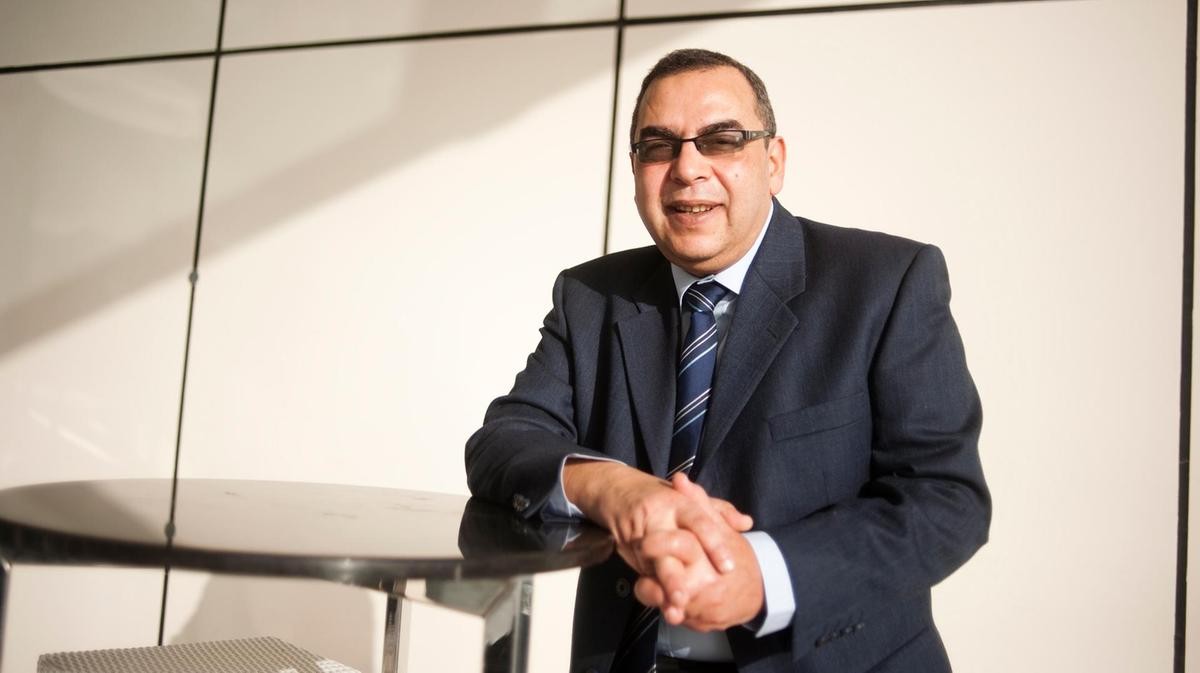



























Egyptian Site & magazine